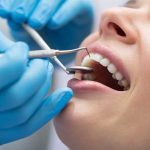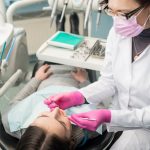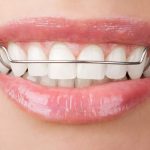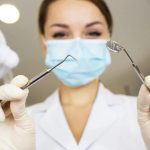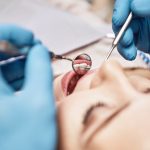How Long Before Teeth Shift Without a Retainer: The Truth Unveiled
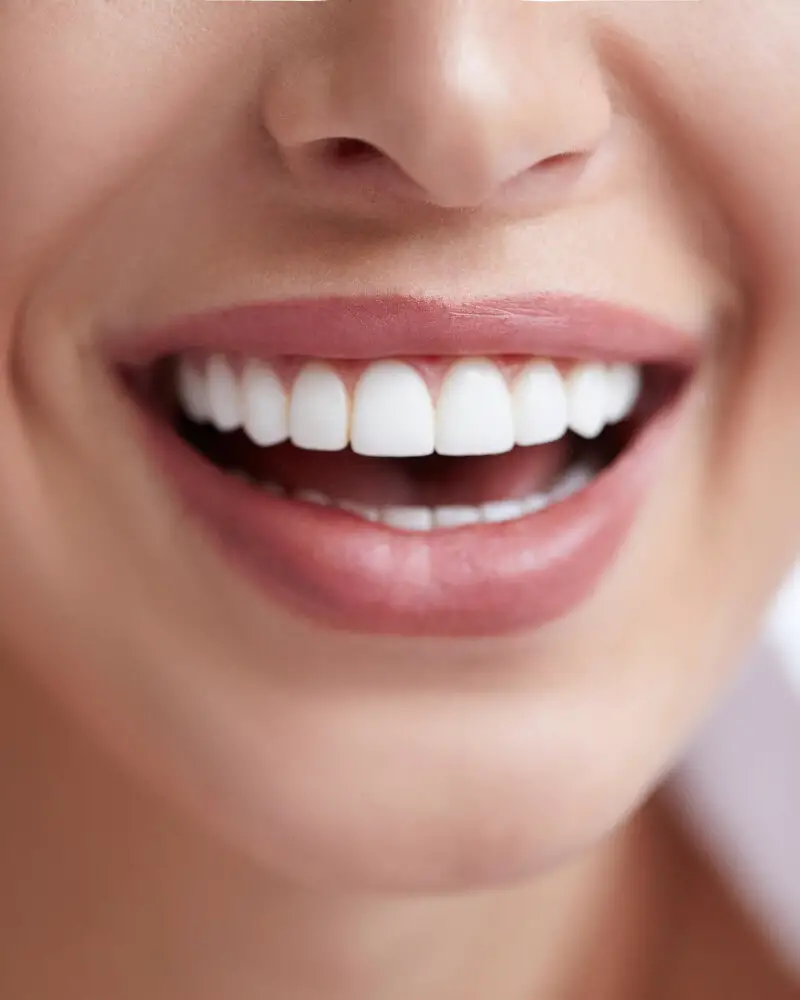
The human teeth play a vital role in both our physical and emotional well-being. They not only help us chew and digest food but also contribute to our speech and appearance. However, maintaining a perfect set of teeth requires more than just proper oral hygiene. It also involves the use of orthodontic appliances such as braces and retainers, which help to correct any misalignments in the teeth. While braces are only worn for a limited period, retainers are generally used for longer periods to keep the teeth in their new position. But what happens if you stop using your retainer? How long before teeth shift without a retainer? In this article, we will delve into the truth behind this common question and provide you with all the information you need to maintain that perfect smile. The answer to how long before teeth shift without a retainer is not straightforward and varies from person to person. Factors such as age, genetics, and the severity of the initial misalignment can all play a role in determining how quickly the teeth will shift. However, it is generally accepted that the teeth will start to shift back to their original position within a matter of weeks or months after stopping the use of a retainer. This can lead to a host of dental problems such as crowding, gaps, and even bite issues, which can be costly and time-consuming to fix. Therefore, it is essential to understand the importance of retainers and their role in maintaining a healthy and beautiful smile.
A retainer is a custom-made orthodontic appliance that’s designed to keep teeth in their desired position following the completion of orthodontic treatment. Retainers are typically made of plastic or metal, and they fit snugly over the teeth, holding them in place. The purpose of a retainer is to prevent the teeth from shifting back to their original position after orthodontic treatment. Without a retainer, teeth can start to shift within a matter of weeks or months, undoing all of the progress that was made during orthodontic treatment. Retainers are an essential part of the orthodontic process, and patients must wear them as directed by their orthodontist to ensure that their teeth remain healthy and straight.
After completing orthodontic treatment, wearing a retainer is a crucial step to maintain the results achieved. Orthodontic treatment involves shifting the teeth into a new position, and the retainer helps to hold them in place while the supportive bone and gums adapt to the new position. Without wearing a retainer, there is a high chance that the teeth will shift back towards their original position, causing the treatment to be ineffective. Furthermore, teeth shifting can also cause bite problems, jaw pain, and make it difficult to clean teeth properly, leading to oral health issues. Therefore, it is imperative to follow the orthodontist’s recommendation and wear a retainer as prescribed to ensure a beautiful and healthy smile for years to come.
Factors That Affect Teeth Stability

The stability of teeth is influenced by various factors, and their interplay determines how long teeth can remain in their current position without shifting. One of the most significant factors is age. Younger individuals with developing teeth are more likely to experience shifting, while older adults with fully-formed teeth are less susceptible to movement. Genetics can also play a role in the stability of teeth, as some people may inherit weaker bone structure or other dental issues that can affect their teeth’ stability. In addition to these factors, lifestyle choices such as smoking or poor oral hygiene can also contribute to tooth movement by weakening the gums and bones that support the teeth. Another critical factor that affects teeth stability is the presence or absence of a retainer. After orthodontic treatment, a retainer is often prescribed to help maintain teeth’ correct alignment. Failing to wear the retainer as directed can cause teeth to shift, especially in the first few months after treatment. However, even individuals who have never had orthodontic treatment can experience shifting if they do not wear a retainer, as teeth naturally shift over time. The longer a person goes without a retainer, the more likely it is that their teeth will shift, potentially undoing any previous orthodontic work or causing new issues that require treatment. Therefore, it is essential to follow your dentist’s instructions regarding retainer use to ensure that your teeth remain stable and well-aligned.
Genetics plays a crucial role in determining the positioning of teeth. The genes we inherit from our parents determine the size and shape of our jaws, which ultimately affects the alignment of our teeth. In some cases, genetics may result in teeth that are naturally straight, while in others, teeth may be prone to overcrowding or misalignment. Additionally, genetic disorders such as cleft lip and palate can also affect the development and alignment of teeth. While wearing a retainer is often necessary after orthodontic treatment to prevent teeth from shifting, genetics can still impact the long-term stability of the teeth.
Age plays a significant role in the likelihood of teeth shifting without a retainer. As we age, our teeth tend to shift naturally due to factors such as changes in the bone structure of the jaw, gum recession, and wear and tear on teeth. This means that the longer it has been since braces were removed, the more likely it is that teeth will shift without a retainer. Additionally, older individuals may experience a decrease in the elasticity of the surrounding tissues, making it more difficult to maintain the position of the teeth. Therefore, it is important to wear a retainer as directed by your orthodontist, especially during the first few years after braces are removed, to prevent teeth from shifting and maintain the desired result.
Oral habits can have a significant impact on the alignment of your teeth. These habits include thumb-sucking, nail-biting, tongue-thrusting, and mouth-breathing. Consistent thumb-sucking can cause the teeth to shift, which can lead to an overbite or underbite. Nail-biting can also cause the teeth to shift because it puts pressure on them. Tongue-thrusting occurs when the tongue presses against the teeth during swallowing or speaking, which can cause the front teeth to move forward. Mouth-breathing can also cause the teeth to shift because it dries out the mouth and can lead to a lack of saliva, which can cause tooth decay and gum disease. It is important to break these habits to prevent any unwanted movement of the teeth.
Orthodontic treatment is a process of aligning teeth, correcting bite issues, and enhancing the overall appearance of the smile. Braces, aligners, and retainers are the most common orthodontic devices used to achieve this goal. Braces are metal or ceramic brackets attached to the teeth, and wires that apply pressure to move the teeth gradually into the desired position. Aligners are transparent plastic trays that fit over the teeth and exert pressure to move them. Retainers are custom-made devices that hold the teeth in their new position after orthodontic treatment. The type of orthodontic treatment received depends on the individual’s orthodontic needs and preferences, and the severity of the dental problem.
Timeline for Teeth to Shift Without a Retainer
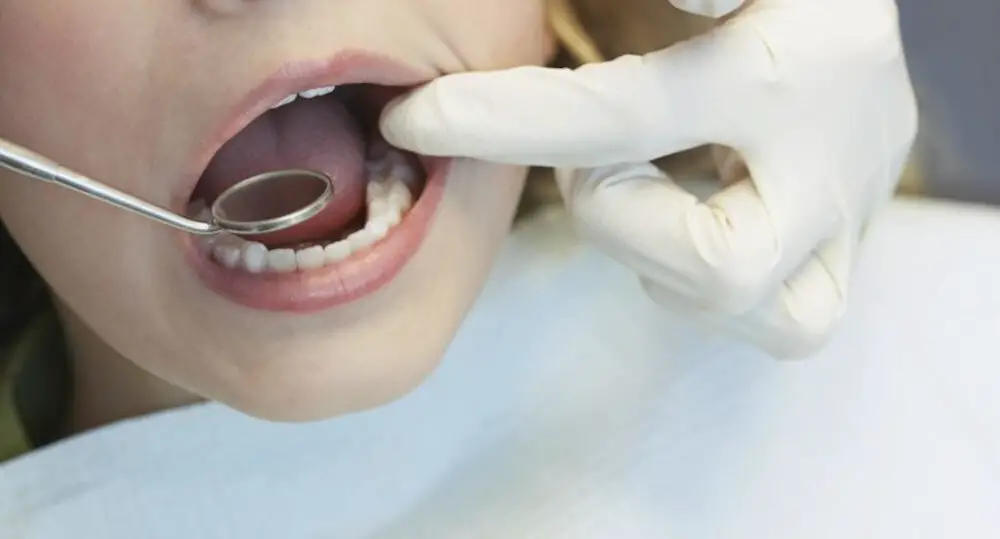
The timeline for teeth to shift without a retainer can vary depending on a few different factors. Firstly, the severity of the initial misalignment can affect how quickly the teeth will move out of place. If the teeth were severely crooked before being corrected, they may shift more quickly without a retainer than if they were only slightly misaligned. Additionally, the age of the patient can play a role. Younger patients may experience more rapid shifting as their teeth are still growing and developing, while older patients may see slower movement. Finally, the length of time the retainer was worn can also impact the timeline for shifting. If the retainer was worn consistently for a long period of time, the teeth may be more stable and take longer to shift than if the retainer was only worn for a short time. In general, it is recommended to wear a retainer for as long as possible after orthodontic treatment to prevent teeth from shifting. However, if a retainer is not worn as recommended or is lost or broken, it is possible for teeth to shift within a matter of weeks or months. The extent of the shifting will depend on the individual factors mentioned above, as well as the specific movements of the teeth during treatment. It is important to stay in communication with an orthodontist or dentist to monitor the stability of the teeth and prevent any significant shifting that could require further treatment.
The short-term effects of not wearing a retainer after orthodontic treatment can be significant, typically lasting for hours to days. Without a retainer, teeth can quickly begin to shift back to their original position, undoing the progress made during the orthodontic treatment. This can result in discomfort, pain, and difficulty chewing or speaking. Additionally, the teeth may look noticeably different, with gaps and crowding becoming more pronounced. For these reasons, it is essential to wear a retainer as directed by your orthodontist to maintain the results of your treatment and avoid any short-term consequences.
The medium-term effects of not wearing a retainer can be seen within weeks to months after removing braces. During this period, teeth are still adjusting to their new positions and can easily shift back to their original state. Failure to wear a retainer can lead to a relapse, which is the process where teeth begin to return to their previous positions. This can be caused by the natural movement of teeth, as well as the pressure from biting and chewing. Additionally, without the support of a retainer, the gum and bone tissues surrounding the teeth may not have enough time to properly settle into their new positions, leading to further instability and movement. It is important to wear a retainer as directed by your orthodontist to ensure that your newly straightened teeth stay in place for the long term.
The long-term effects of not wearing a retainer can be significant. Over time, teeth can gradually shift out of alignment, leading to a variety of dental problems. Without proper alignment, teeth can wear down unevenly, leading to issues with chewing, biting, and even speaking. Moreover, crowded or crooked teeth can cause jaw pain, headaches, and even contribute to poor posture. In severe cases, untreated dental misalignment can even lead to increased risk of gum disease and tooth decay. Therefore, it is crucial to wear a retainer as prescribed by your dentist to maintain proper alignment and prevent long-term dental issues.
Consequences of Not Wearing a Retainer
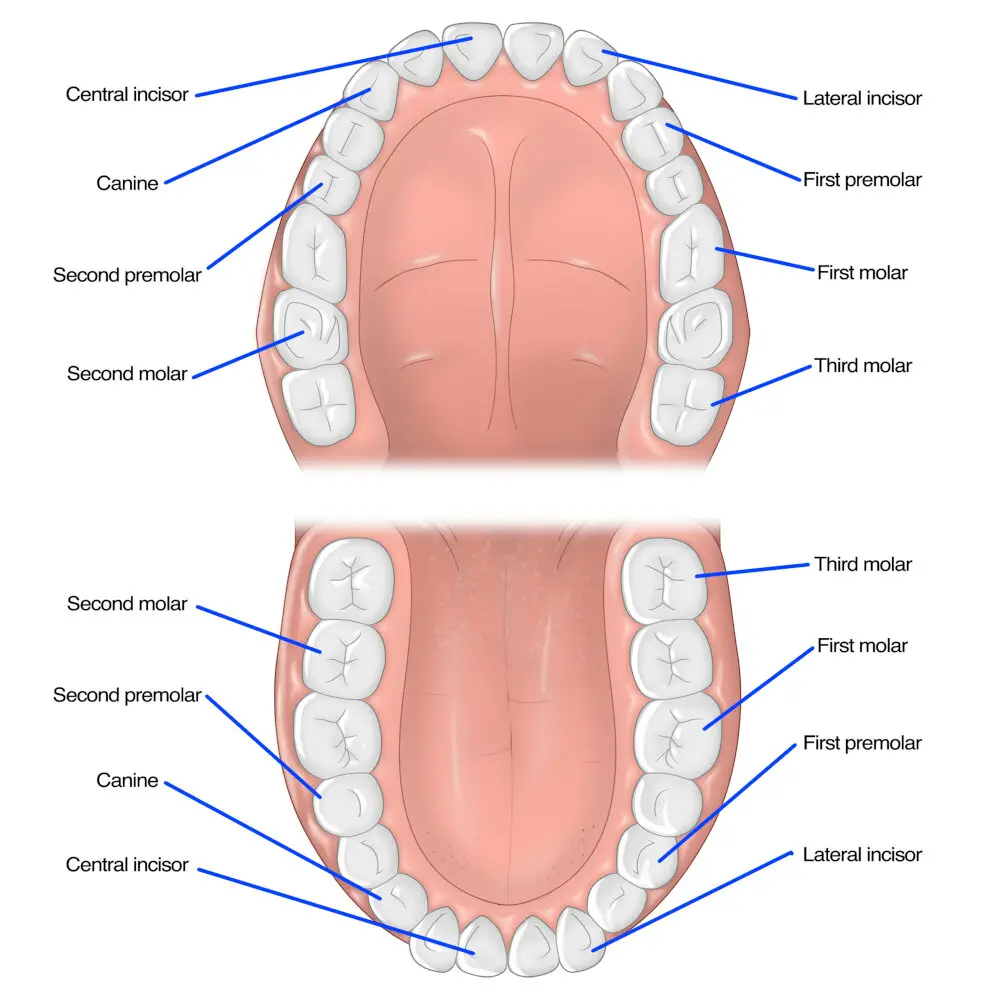
The consequences of not wearing a retainer can be quite severe, and it’s essential to understand them fully before making the decision to forego wearing one. Teeth are naturally inclined to move, and when braces or clear aligners are used to straighten them, retention is necessary to keep them in their new position. Without a retainer, the teeth will gradually shift back to their original position, which can undo months or even years of orthodontic treatment. This can result in crooked or misaligned teeth, leading to problems with chewing, speaking, and even self-esteem. In some cases, the teeth may shift so dramatically that further orthodontic treatment is required to correct the issue. Another consequence of not wearing a retainer is that it can lead to discomfort and pain. As the teeth move back to their original position, they may become crowded, causing them to press against one another and leading to discomfort while chewing or even speaking. This can also cause headaches, jaw pain, and other issues that can affect daily life. Additionally, the longer a person goes without wearing a retainer, the more difficult it may be to correct the issue, which can lead to more extensive and expensive orthodontic treatment down the line. Therefore, it’s essential to wear a retainer as directed by your orthodontist to keep your teeth in their perfect position and avoid any unwanted consequences.
After orthodontic treatment, teeth tend to shift and move back to their original position, a phenomenon known as crowding. This can happen as early as a few weeks after the braces or Invisalign are removed, and it can progress over time. Crowding occurs because the bone and ligaments that hold teeth in place need time to solidify and adapt to their new position. Without a retainer to help maintain the corrected alignment, the teeth can gradually shift, causing crowding, overlapping, and other alignment issues. Therefore, it is essential to wear a retainer as instructed by your orthodontist to prevent crowding and maintain the results of your treatment.
Misalignment is a common dental issue that can occur when teeth shift out of their original positions. This can happen for a variety of reasons, including age, dental trauma, and failure to wear a retainer after orthodontic treatment. Misaligned teeth can cause a range of problems, including difficulty chewing, speech impediments, and self-consciousness about one’s appearance. In some cases, misalignment can also lead to more serious dental issues, such as tooth decay and gum disease. Therefore, it is important to address misalignment as soon as possible to prevent further complications and maintain optimal dental health.
Bite problems can occur when teeth shift out of their proper alignment, leading to discomfort and difficulty with chewing and speaking. These issues can also impact the appearance of the smile and may even lead to more serious dental problems if left untreated. Common bite problems include overbite, underbite, and crossbite, each of which involves a misalignment of the upper and lower teeth. While wearing a retainer after orthodontic treatment can help prevent these issues, failing to wear one can lead to teeth shifting and bite problems developing over time. It’s important to address any bite problems as soon as they arise to avoid further complications and maintain optimal oral health.
After braces are removed, the teeth may still be unstable and prone to shifting. To prevent this, orthodontists recommend wearing a retainer. However, some patients may experience a relapse even if they have been diligent in wearing their retainer. This can happen for several reasons, including growth and aging, changes in oral habits, or not wearing the retainer as instructed. In these cases, additional orthodontic treatment may be necessary to correct the shifting and ensure the teeth are properly aligned. This may involve wearing braces again or using other orthodontic appliances. It is important to consult with an orthodontist if you are experiencing shifting or relapse after orthodontic treatment to determine the best course of action.
How to Maintain Teeth Stability After Orthodontic Treatment
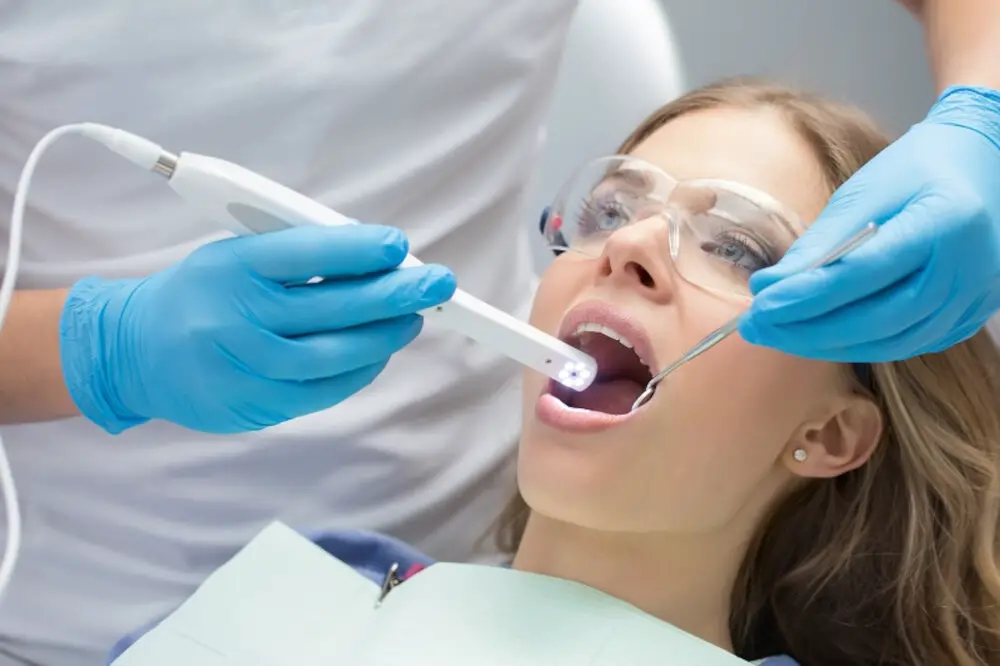
After undergoing orthodontic treatment, it is crucial to maintain the stability of your teeth to prevent them from shifting back to their original positions. One of the most effective ways to do so is by wearing a retainer as advised by your orthodontist. A retainer is a removable device that helps keep your teeth in their new positions by providing support and stability. Most orthodontists recommend wearing retainers for a specific duration, which may vary depending on the severity of your case. However, even after the recommended duration, it is essential to wear your retainer regularly to ensure the stability of your teeth. In addition to wearing a retainer, maintaining good oral hygiene habits is also crucial for teeth stability. Brushing and flossing your teeth regularly helps prevent tooth decay and gum disease, which can affect the stability of your teeth. It is also important to avoid habits that can cause damage to your teeth, such as chewing on ice or hard candies, and using your teeth to open bottles or packages. By following these simple steps, you can help ensure that your teeth remain stable and healthy for years to come.
Wearing a retainer as directed by your orthodontist is crucial to maintaining the results of your orthodontic treatment. Failure to wear a retainer can lead to the shifting of teeth, undoing all the progress made during treatment. The retainer holds teeth in place and prevents them from moving back to their original position. It is important to follow your orthodontist’s instructions on how long and how often to wear your retainer to ensure the best outcome. Neglecting to wear a retainer can cause discomfort and even lead to the need for additional orthodontic treatment. So, make sure to wear your retainer as directed and protect your investment in a beautiful, healthy smile.
Good oral hygiene is an essential part of maintaining healthy teeth and gums. Brushing twice a day, flossing daily, and using mouthwash can help prevent cavities, gum disease, and bad breath. Neglecting oral hygiene can lead to a buildup of plaque and tartar, which can cause teeth to shift over time. It’s important to visit the dentist regularly for cleanings and checkups to ensure that any potential issues are caught early and treated promptly. Additionally, wearing a retainer as prescribed by your orthodontist can help prevent teeth from shifting after orthodontic treatment. By practicing good oral hygiene, you can ensure that your teeth remain healthy and strong for years to come.
Maintaining good dental health is crucial to avoid complications and costly treatments. However, some habits can have a detrimental effect on oral health. One of the most common bad habits is neglecting to brush and floss regularly. This can lead to a buildup of plaque and tartar, which can cause tooth decay and gum disease. Additionally, consuming sugary and acidic foods and drinks can erode tooth enamel, leading to sensitivity and cavities. Chewing on hard objects such as ice or pens can also cause damage to teeth over time. Finally, smoking and using tobacco products can stain teeth and increase the risk of oral cancer. To maintain good dental health, it is essential to avoid these bad habits and maintain a consistent oral hygiene routine.
Regular dental checkups are crucial in maintaining healthy teeth and preventing any potential tooth shifting. It is recommended to visit your dentist at least twice a year to identify any dental issues before they develop into serious problems. During the checkup, the dentist will examine your teeth and gums, clean your teeth, and provide guidance on proper oral hygiene. Neglecting regular dental checkups can lead to the buildup of plaque and tartar, which can cause tooth decay and gum disease. In addition, any orthodontic work, such as braces or retainers, requires regular checkups to ensure they are properly adjusted and functioning correctly. By prioritizing regular dental checkups, you can maintain a healthy smile and avoid any potential complications that may arise from neglecting your oral health.
After years of orthodontic treatment, the last thing you want is for your teeth to shift back to their original position. That’s why wearing a retainer is crucial to maintaining the straightness of your teeth. A retainer is a custom-made device that fits snugly over your teeth, holding them in place after braces or other orthodontic treatment. Without a retainer, your teeth will start to shift as soon as the braces come off, and this can happen quickly – within just a few weeks or months. It’s important to wear your retainer as instructed by your orthodontist, whether that means wearing it all day or just at night. Skipping your retainer can lead to costly and time-consuming orthodontic treatment in the future, so make sure to wear it consistently to keep your beautiful smile intact.
Maintaining the stability of teeth after orthodontic treatment is crucial to ensure that the teeth do not shift back to their original position. The emphasis on the need to follow post-treatment instructions cannot be overstated. Failure to wear retainers as prescribed by an orthodontist can lead to teeth shifting back to their original position, which can compromise the effectiveness of the treatment. Additionally, it is important to adhere to good oral hygiene practices, such as regular brushing and flossing, to maintain the health of the teeth and gums. Patients should also avoid habits that can damage their teeth, such as biting their nails or chewing on hard objects. By following these post-treatment instructions, patients can enjoy the long-term benefits of their orthodontic treatment and maintain a beautiful, healthy smile for years to come.
Conclusion
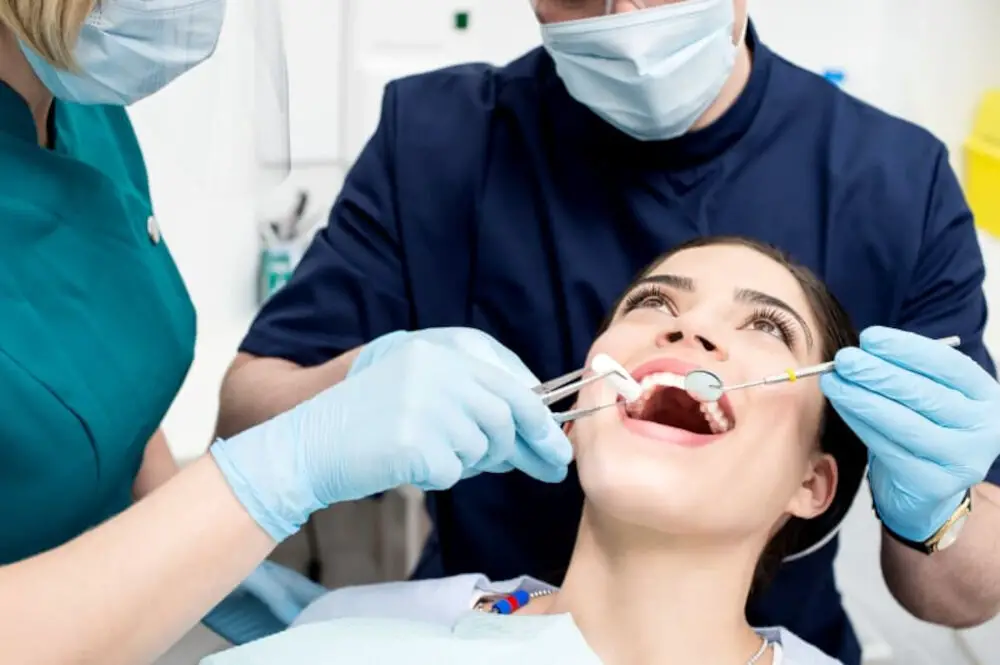
In conclusion, the truth about how long teeth can shift without a retainer is now unveiled. It is evident that the length of time before teeth shift can vary depending on several factors such as age, genetics, and the severity of the initial misalignment. However, it is safe to say that without a retainer, teeth can start moving within a matter of weeks to months. It is therefore crucial to wear a retainer as advised by an orthodontist to maintain the alignment achieved by braces or other orthodontic treatments. Neglecting to wear a retainer can lead to costly and time-consuming orthodontic retreatment. Remember, prevention is always better than cure, so wear your retainer as advised to keep your smile looking great for years to come.
